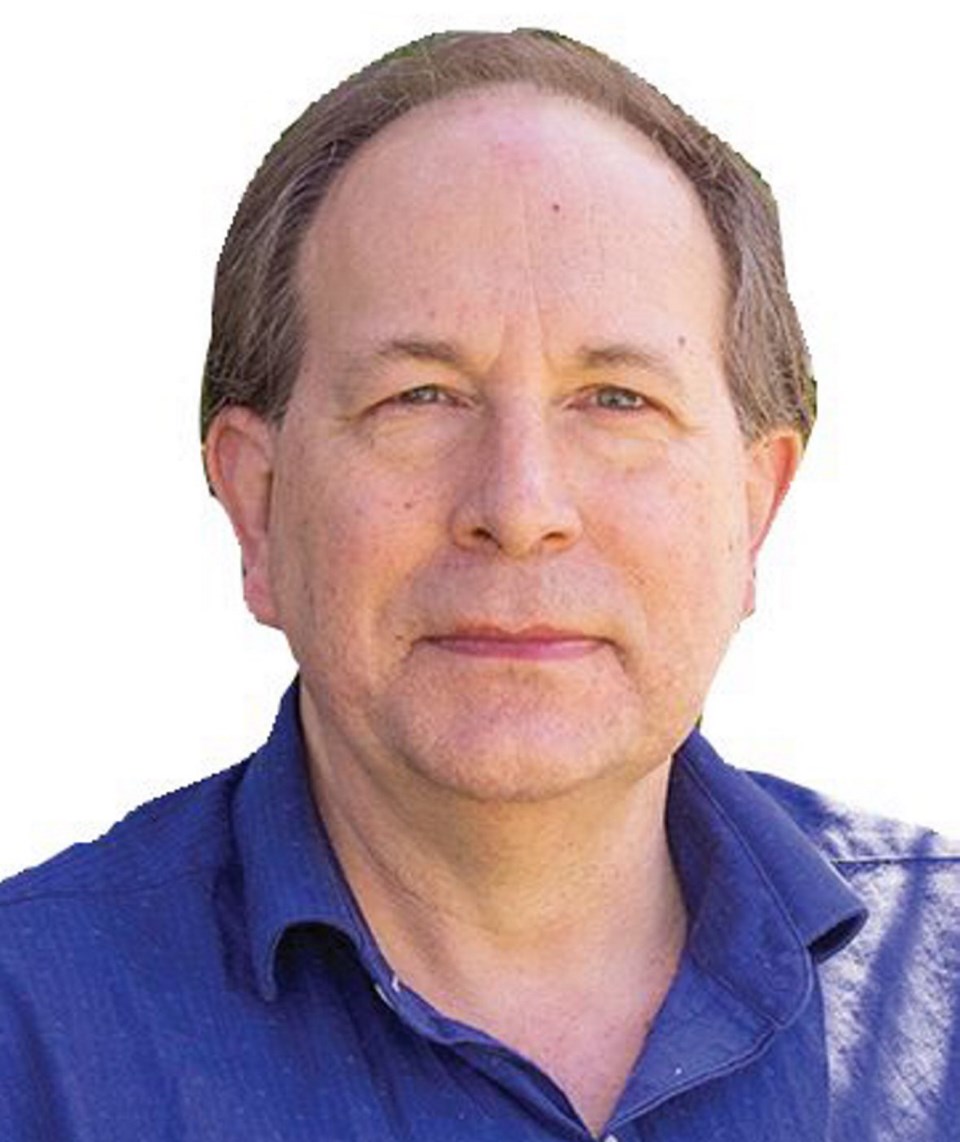The COVID-19 crisis has shown that pandemics belong as much to the present as the past. From Ebola to HIV/AIDs to Zika, University of Victoria historian Mitchell Hammond says disease has played an increasingly significant role in global affairs in recent decades.
Hammond, an assistant professor in the Department of History, explores how diseases such as the plague, tuberculosis and the Spanish flu have shaped modern societies in his new book, Epidemics and the Modern World. As governments grapple with how to contain the coronavirus, Hammond shares what we can learn from the pandemics of the past.
Q. Why do you suggest in your book that we live in an era of “emerging infections”?
A. That term refers both to new diseases and to diseases that aren’t new but which have increased in their incidence or geographic range. Tuberculosis is an example of an old disease that resurged in the mid-1980s, in part because millions of people living with HIV contracted it. Our new diseases include Ebola and the coronavirus diseases SARS and COVID-19. These threats remind us that we’ve made some progress against diseases with medical science and public health, but the conditions of modern life also create new opportunities and conditions for disease to spread.
Q. Is there a big difference between how we respond to pandemics now versus how they’ve been handled in the past?
A. There are some similarities. During the influenza pandemic of 1918, communities argued over quarantines, “social-distancing” measures, and the effectiveness of masks. COVID-19 is a respiratory disease like influenza, and we’re still having similar debates today. I think one distinctive aspect of this pandemic is that we are experiencing it through statistics. Public-health officials are using the concept of “flattening the curve,” to encourage us to slow the rate of infection and avoid overburdening hospitals. They use numbers to relate coronavirus illness and individual behaviour to the disease’s impact on health resources. No previous pandemic was discussed so extensively in terms of statistics.
Q. The so-called Spanish flu of 1918-19 is often used as an analogy for the current pandemic. Is it a good comparison?
A. In some ways it is a good comparison. “Spanish flu” was the last pandemic to circulate globally and cause high mortality. Both influenza and coronavirus diseases are respiratory infections. That influences how they spread and shapes how individuals and governments respond to them. People debated the utility of masks and various forms of “social-distancing” a century ago just as we do today. But in other respects, our 21st-century landscape is very different. We now have widespread air travel, bigger cities and denser exchange networks. All these things influence the potential for various pathogens to spread. Other changes are conceptual. In 1918, most Western people knew about germs but they didn’t think about them as a cause of disease to the same degree that we do now.
Q. What should we look for as the pandemic progresses?
A. The history of pandemics shows us that a single disease such as the plague, cholera or influenza does not necessarily create a common, shared experience. Disease outbreaks reveal fault lines in communities between ethnic groups, social classes or dominant cultures and people who are marginalized. Epidemics can show us where society is weak and what we must do to strengthen it. That’s what I’ll be looking for in the months ahead.
Q. Can history tell us how and when the coronavirus pandemic will end?
A. I don’t think we can expect the COVID-19 crisis to have a tidy conclusion. Written histories of epidemics often create a rise and fall narrative: warnings and early cases, alarm and deaths that rise to a peak, and then decreasing cases and sober reckoning. But our world is so densely connected that individual communities cannot live out this kind of story, at least with a highly transmissible pathogen such as SARS-CoV-2. We don’t know how the crisis will resolve and we should be prepared for some uncertainty.



